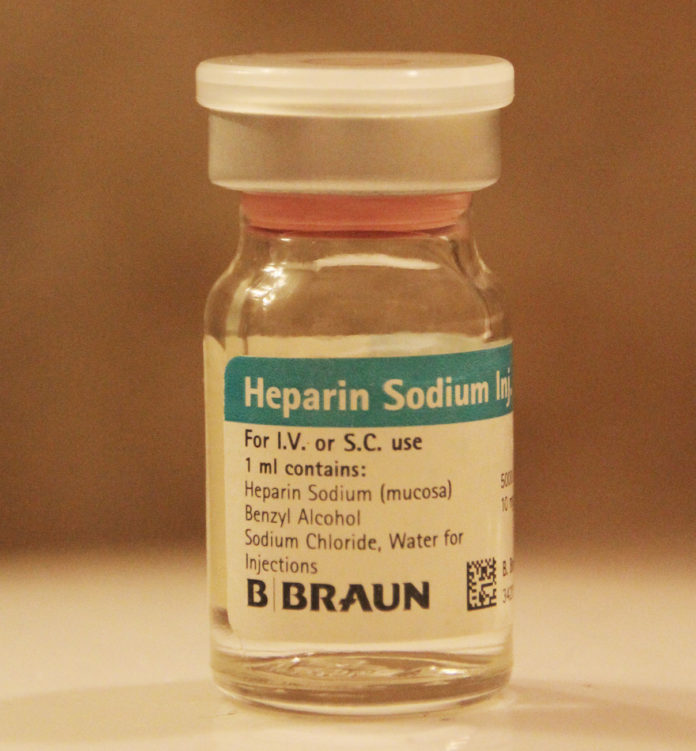Heparin is a potent anticoagulant and the most prescribed drug in hospitals. It is currently produced by extracting the drug from pig intestines. However, its cell-culture-based production of heparin is presently not possible.
Heparin is a special subtype of a more general class of carbohydrates, called heparan sulfates, that are produced by a wide range of cells, both in the human body, as well as in cell culture. Yet, it is exclusively produced in a special type of blood cells called mast cells. To this day, heparin cannot be successfully produced in cell culture.
Now, scientists at the University of California San Diego are one step closer to the ability to make heparin in cultured cells. They discovered a critical gene in heparin biosynthesis: ZNF263 (zinc-finger protein 263).
According to scientists, this gene is a key to industrial heparin production.
As regulators for heparin remains unknown, scientists used bioinformatics software to scan the genes encoding enzymes involved in heparin production and specifically look for sequence elements that could represent binding sites for transcription factors. The presence of such a binding site indicates that the respective gene is regulated by a corresponding gene regulator protein, i.e., a transcription factor.
UC San Diego professor Nathan E. Lewis, who holds appointments in the UC San Diego School of Medicine’s Department of Pediatrics and the UC San Diego Jacobs School of Engineering’s Department of Bioengineering said, “One DNA sequence that stood out the most is preferred by a transcription factor called ZNF263 (zinc-finger protein 263).”
“While some research has been done on this gene regulator, this is the first major regulator involved in heparin synthesis.”
Later on, scientists used CRISPR/Cas9 gene-editing technique to mutate ZNF263 in a human cell line that usually does not produce heparin. They found that the heparan sulfate that this cell line would often produce was now chemically altered and showed a reactivity that was closer to heparin.
During experiments, scientists found that ZNF263 represses essential genes involved in heparin production. Meanwhile, ZNF263 appears to be an active repressor of heparin biosynthesis throughout most cell types, and mast cells are enabled to produce heparin because ZNF263 is suppressed in these cells.
Scientists noted, “This finding could have important relevance in biotechnology. Cell lines used in industry (such as CHO cells that normally are unable to produce heparin) could be genetically modified to inactivate ZNF263, which could enable them to produce heparin as mast cells do.”
“Our bioinformatic analysis revealed several additional potential gene regulators which can also contribute to heparin production and are now exciting objects of further study.”
Journal Reference:
- ZNF263 is a transcriptional regulator of heparin and heparan sulfate biosynthesis. DOI: 10.1073/pnas.1920880117
